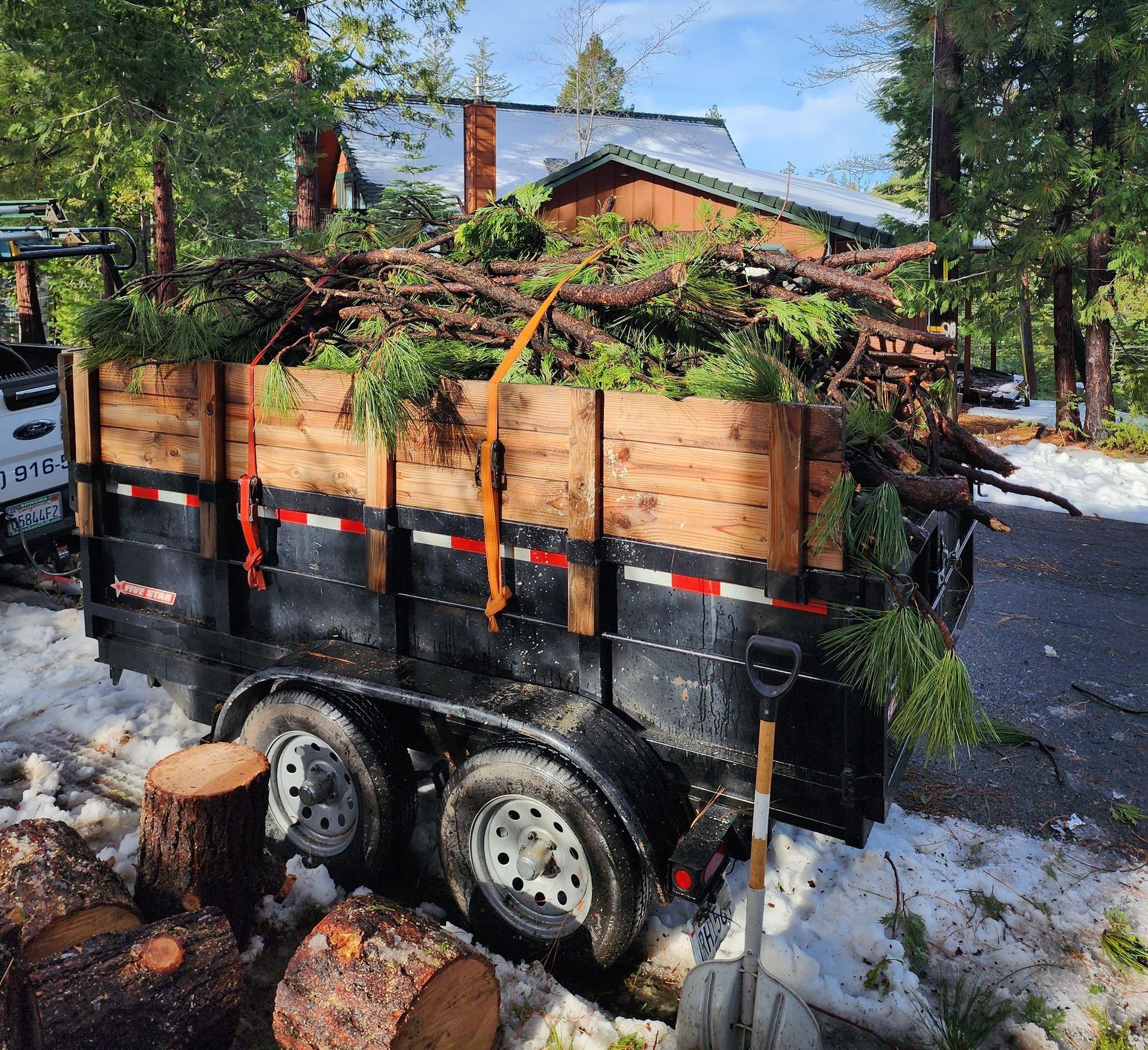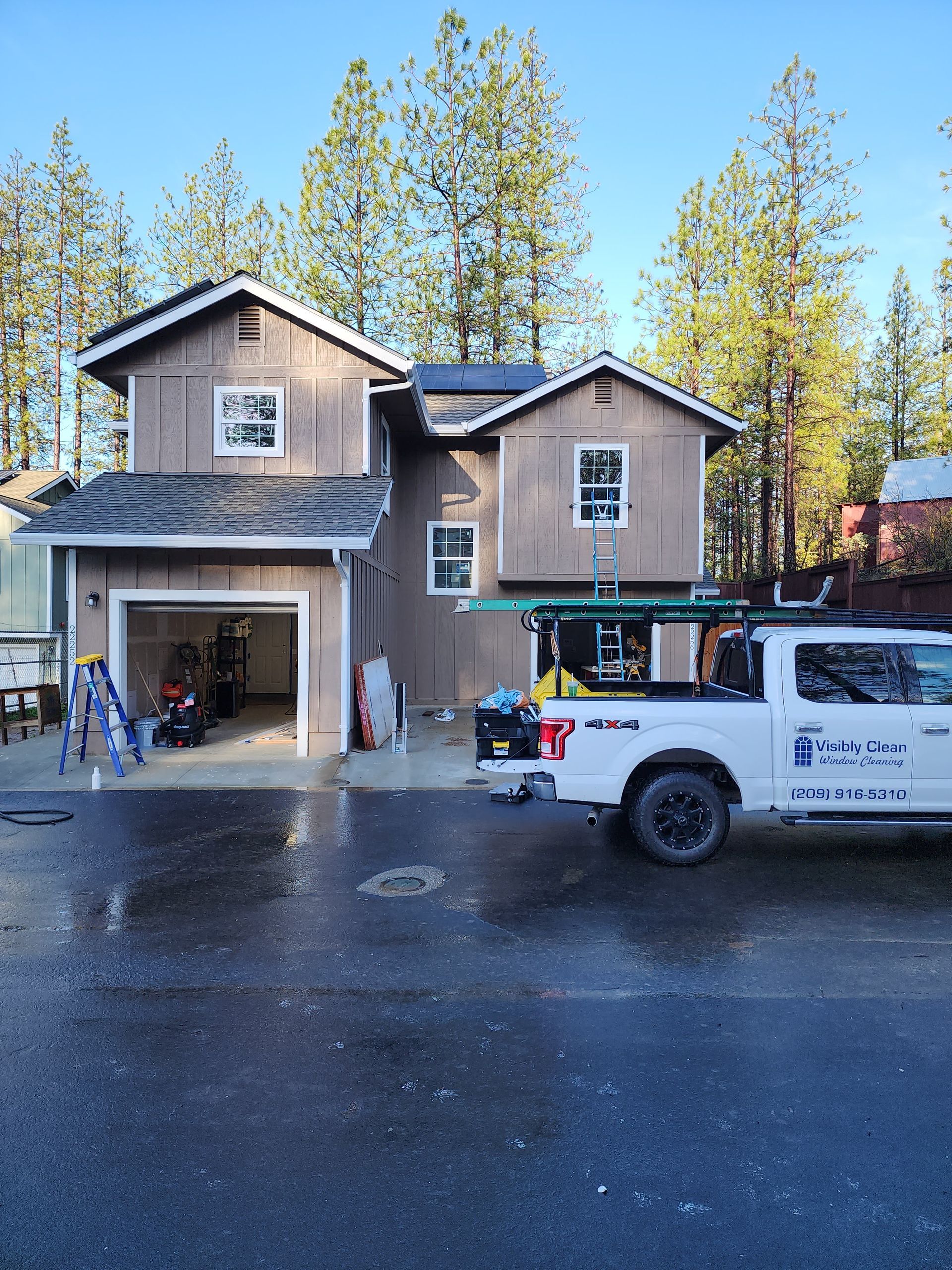How to spot dangerous tree branches
How to spot tree branches that may become a threat to your safety or your homes safety.

How to Spot Dangerous Tree Branches Above Your Home or Property
When it comes to keeping your property safe, identifying hazardous tree branches is crucial, especially if they’re hanging over your home or driveway. Dangerous branches can cause extensive damage to your home, vehicles, or even pose a risk to your family. In this post, we’ll guide you through how to spot these risky branches and why it’s important to take action before they fall.
1. Look for Broken or Weak Branches
The most obvious sign of a dangerous tree branch is one that’s broken or hanging loosely. These branches may have snapped due to storms, age, or disease. If you notice any branches that are cracked, hanging at odd angles, or already partially broken, they are a serious hazard. A strong wind could be all it takes for them to fall, causing damage or injury.
2. Check for Overhanging Branches
Branches that extend too far over your home or property should raise a red flag. Even healthy branches can cause damage if they’re too close to the roof, windows, or electrical lines. Overhanging branches are more likely to break in high winds or heavy snow, and they can also scrape against the roof or siding, leading to costly damage over time.
3. Inspect for Decay or Disease
Diseased trees and branches are more susceptible to breaking. Look for signs of decay, such as soft spots or areas of fungus growth. Mushrooms growing at the base of a tree, unusual discoloration, or holes in the bark are also signs of a compromised tree. A weakened branch is more likely to snap under stress, so it’s crucial to identify these signs early on.
4. Watch for Leaning Trees or Branches
If you notice that a tree is leaning more than usual or that certain branches are starting to tilt downward, this is a sign of instability. Leaning trees or branches may be stressed due to soil erosion, root damage, or weather conditions. These leaning branches are a significant safety risk, as they can fall at any moment, especially in storms.
5. Look for Large Deadwood
Large, dead branches are a major hazard. If a branch has lost all its leaves and seems brittle or dry, it’s considered deadwood. Dead branches don’t hold up under pressure and can easily snap in windy or stormy conditions, making them a serious risk to your home and surroundings.
6. Consider the Size and Location
It’s not just the health of the branches that’s important—it’s their size and location too. A large, heavy branch that hangs over your house or a high-traffic area is more dangerous than a smaller one. Similarly, branches close to power lines or other infrastructure can create fire hazards or interfere with electrical services, adding to the danger.
How to Protect Your Property
If you’ve noticed any of the above signs of dangerous branches on your property, it’s best to take proactive measures. The safest option is to consult with a professional tree removal service, especially if branches are large, high, or near power lines. Regular maintenance and trimming can help reduce the risk of falling branches and keep your home safe.
By staying vigilant and recognizing potential hazards early, you can protect your home, family, and property from the unexpected dangers of falling tree branches. Don’t wait for disaster to strike—take action now to ensure your property remains safe and secure.
Contact Us for Expert Tree Removal Services
If you suspect you have dangerous tree branches on your property, don’t hesitate to reach out. Our team at Visibly Clean Window Cleaning can assess the situation and, if needed, recommend trusted tree removal professionals to handle the job safely. We care about keeping your home and property protected!




